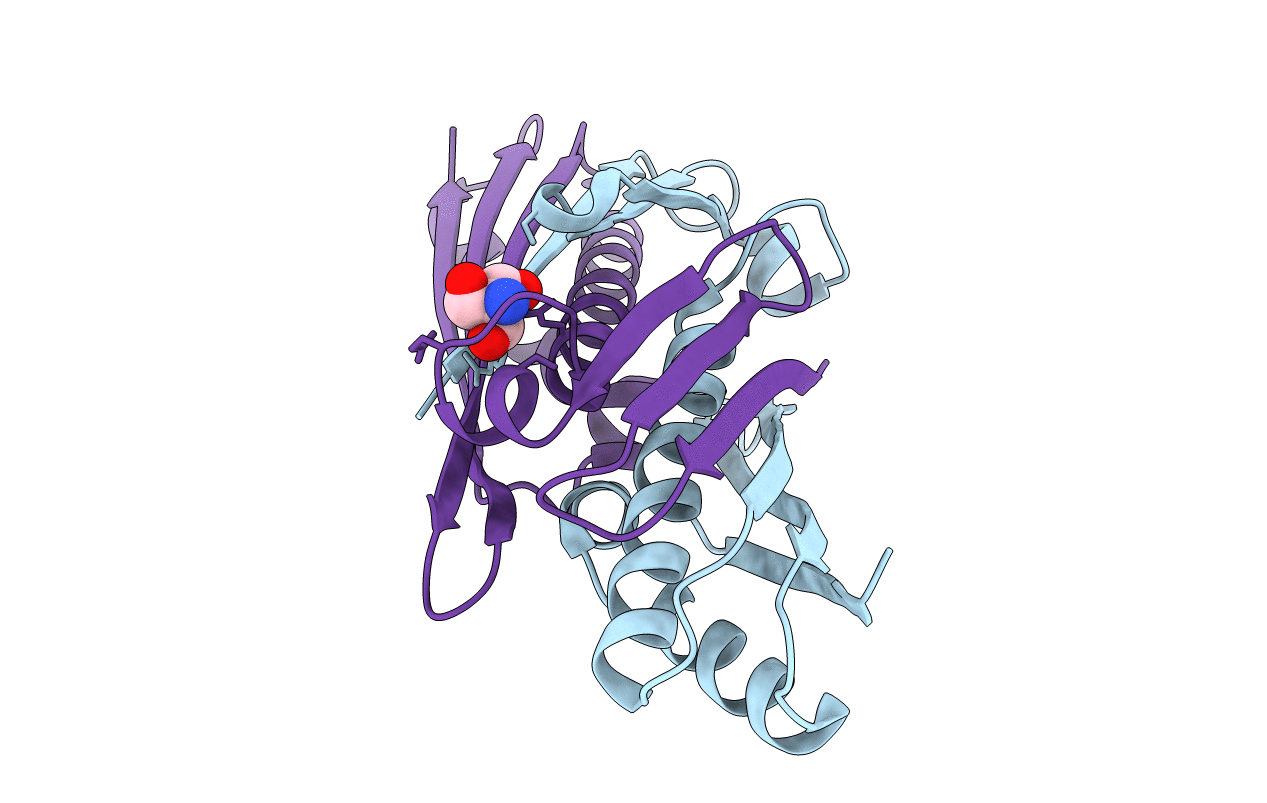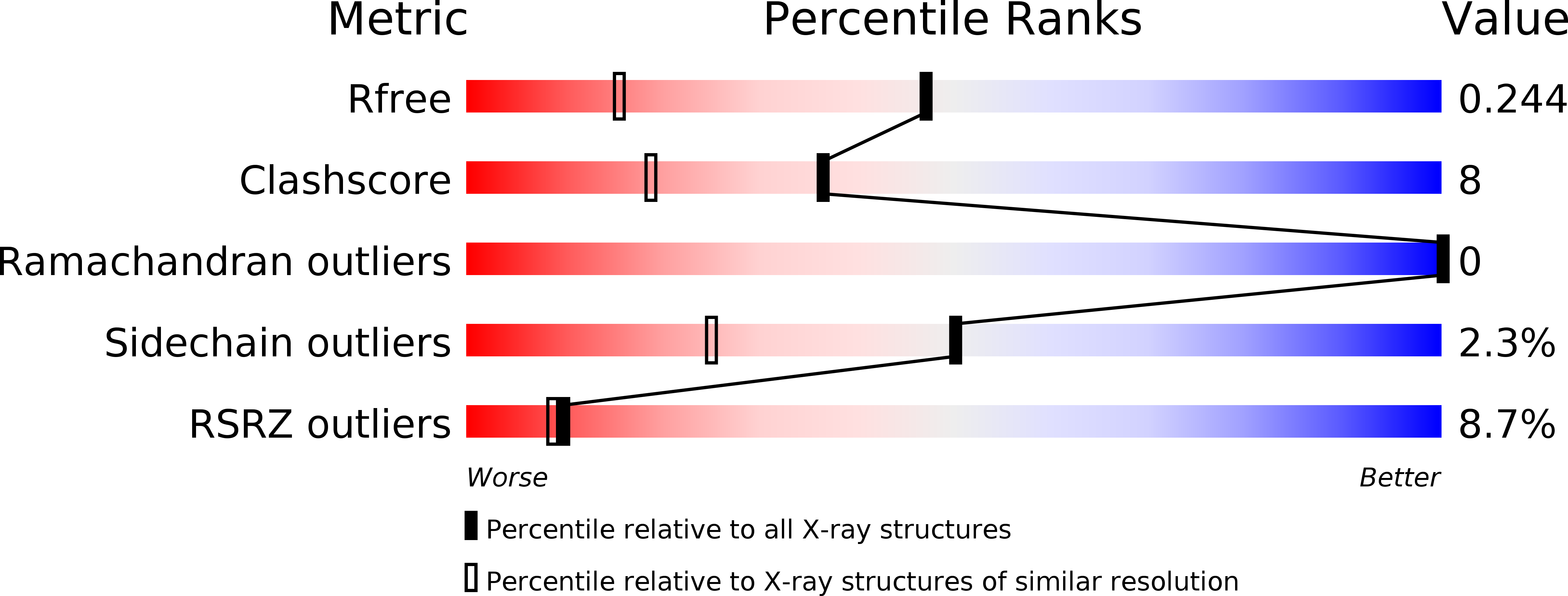
Deposition Date
2003-08-24
Release Date
2004-05-04
Last Version Date
2024-10-16
Entry Detail
PDB ID:
1UKK
Keywords:
Title:
Structure of Osmotically Inducible Protein C from Thermus thermophilus
Biological Source:
Source Organism:
Thermus thermophilus (Taxon ID: 300852)
Host Organism:
Method Details:
Experimental Method:
Resolution:
1.60 Å
R-Value Free:
0.23
R-Value Work:
0.17
R-Value Observed:
0.18
Space Group:
P 1


